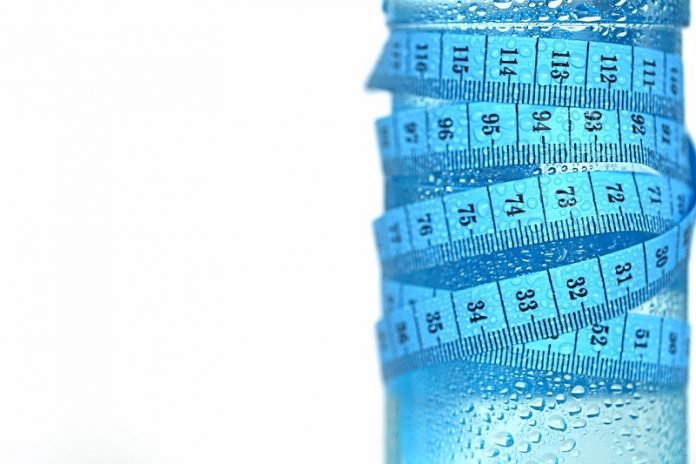
Scientists from CHU de Quebec Research Center found that women with obesity and overweight, particularly women with high waist circumference, are more susceptible to fractures than those with normal weight.
In men, however, being underweight, not overweight, is linked to a greater risk of broken bones.
The research was presented at the European Congress on Obesity and was conducted by Dr. Anne-Frederique Turcotte et al.
Obesity has long been thought to help protect against fractures.
This is because mechanical loading on bones, which increases body weight, helps increase bone mineral density, an important determinant of bone strength.
However, recent studies have suggested that the relationship between obesity and fracture risk varies depending on sex, the skeletal site studied, and the definition of obesity used (body mass index [BMI] vs. waist circumference).
In the study, the team examined almost 20,000 individuals aged 40-70 years from Quebec, Canada.
During a follow-up of 6 years, 497 women and 323 men sustained a fracture.
The researchers found that greater waist circumference was linked to an increased risk of fracture.
For each 5cm (two-inch) increase in waist circumference, the risk of fracture at any site was 3% higher and the risk of a distal lower limb fracture was 7% higher.
The association between waist circumference and ankle fractures was particularly strong.
In women, greater BMI was linked to a greater risk of distal lower limb fractures.
The team says it isn’t known why obesity is associated with a higher risk of fractures in women.
However, most fractures are a result of a fall and falls are more common in people with obesity.
The ankle, unlike the hip and thighbone, is not protected by soft tissue, which could make it more prone to breaking during a fall.
The team says waist circumference was more strongly associated with fractures in women than BMI.
This may be due to visceral fat—fat that is very metabolically active and stored deep within the abdomen, wrapped around the organs—secreting compounds that adversely affect bone strength.
In men, increases in BMI and waist circumference were not strongly associated with fractures.
However, men underweight were at higher risk of distal upper limb fractures than those with normal weight.
The researchers say a larger number of fractures in men is needed to determine whether this is a true result or whether the pattern for men follows that for women.
If you care about bone health, please read studies about exercise that could slow down bone aging, and drinking too much coffee may damage your bone health.
For more information about bone health, please see recent studies about the deep cause of autoimmune diseases, and results showing this popular diet may lead to poorer bone health.
Copyright © 2022 Knowridge Science Report. All rights reserved.



